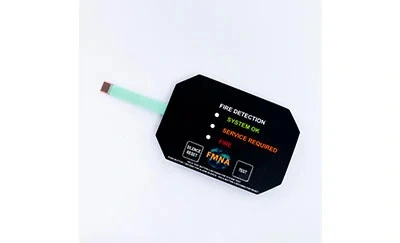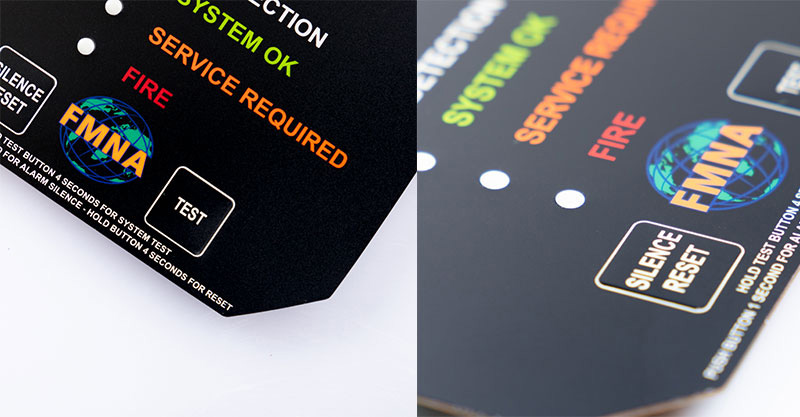
Waterproofing in membrane switches refers to the process of making these switches resistant to water and other liquids, preventing moisture from penetrating and causing damage to the internal components. This is achieved through the design and manufacturing processes by the membrane switch supplier, where special materials and sealing techniques are employed to create a barrier against liquid ingress. The goal is to ensure that the membrane switch functions reliably under various conditions, including those where exposure to liquids is a possibility. Techniques such as encapsulation, the use of impermeable layers, and tight sealing around the edges and between layers are commonly used to achieve waterproofing.

Protection Against Damage: Water and other liquids can cause significant damage to electronic components, leading to short circuits, corrosion, and the deterioration of materials. By waterproofing membrane switches, they are protected against such damage, ensuring long-term functionality and reliability.
Safety: In applications where membrane switches are used, especially in medical devices, industrial controls, and consumer appliances, safety is paramount. Waterproofing eliminates the risk of electric shock and equipment failure due to liquid exposure, providing a safer environment for users and operators.
Operational Reliability: Membrane switches are often used in environments that are prone to spills, moisture, and varying weather conditions. Waterproofing ensures that these switches remain operational, regardless of these external factors. This reliability is crucial for critical applications where failure is not an option.
Cost-Effectiveness: Repairing or replacing membrane switches due to water damage can be costly. Waterproofing adds a layer of durability, reducing the need for frequent maintenance or replacement and offering significant cost savings over the life of the product.
Enhanced Usability: Waterproof membrane switch can be used in a wider range of applications, including outdoor equipment, kitchen appliances, and medical devices that require regular cleaning. This versatility opens up new possibilities for the use of membrane switches in various industries.
Compliance and Standards: Many industries have strict regulations and standards that require electronic components to be waterproof or water-resistant. Waterproofing membrane switches ensures compliance with these regulations, enabling the membrane switch manufacturer to meet industry standards and customer expectations.
Waterproofing in membrane switches is not just a feature; it's a necessity for ensuring the durability, safety, reliability, and versatility of these components. As technology evolves and the demand for more rugged and reliable electronic devices increases, the importance of waterproofing in membrane switches continues to grow. Manufacturers and designers must prioritize waterproofing in their designs to meet the challenges of modern applications and environments.